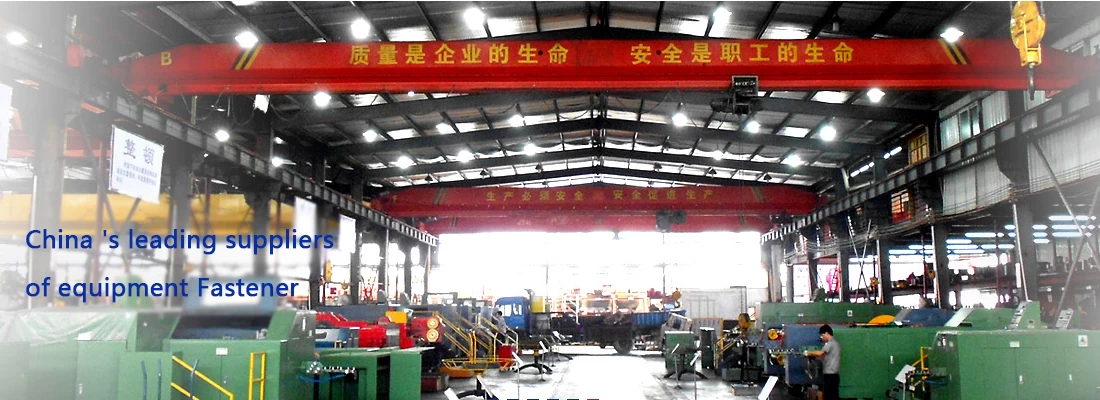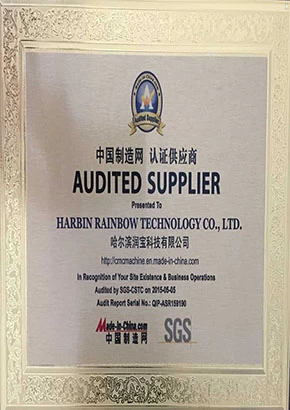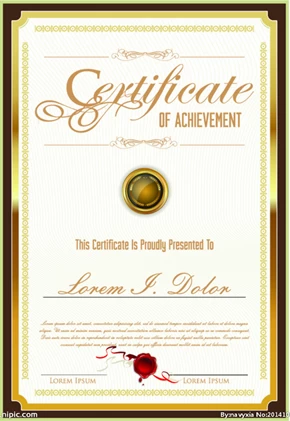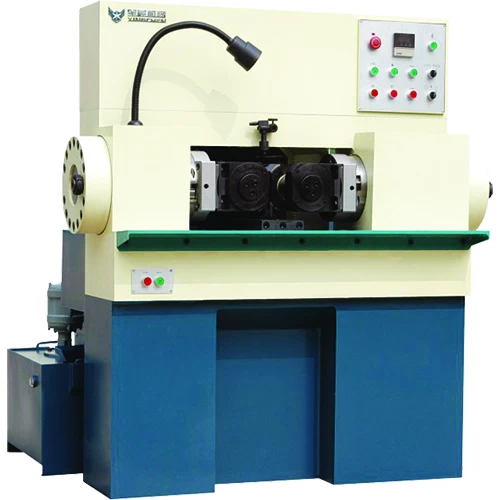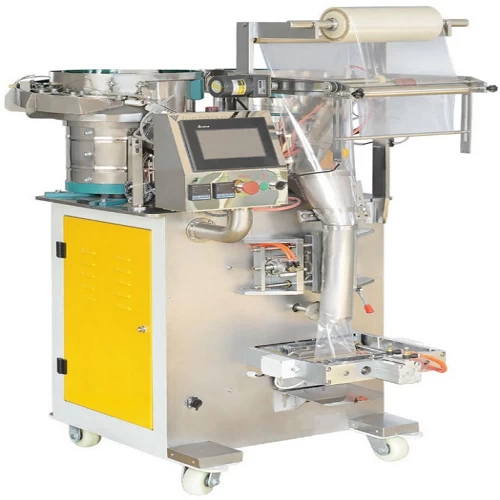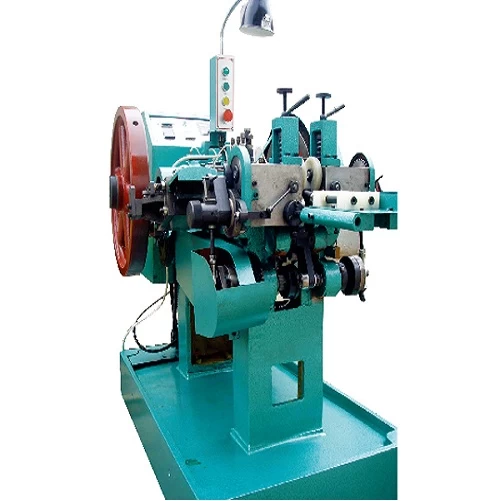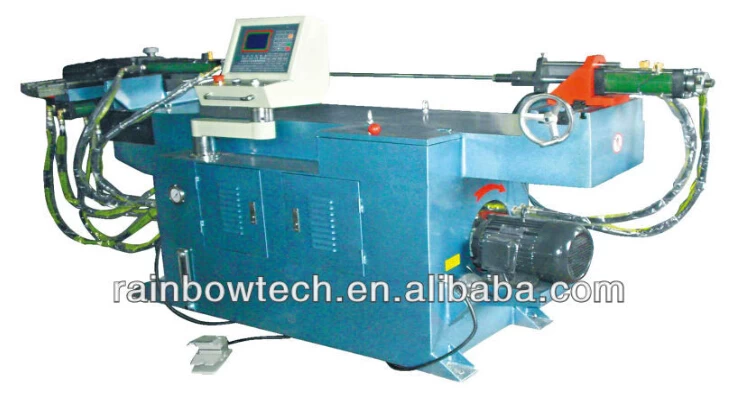Know more about High strength bolts
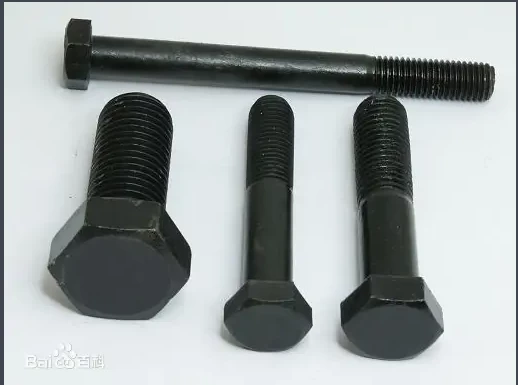
The material of ordinary bolts is made of Q235 (i.e. A3). The material of high-strength bolts 35# steel or other high-quality materials is heat treated after making to improve the strength.
The difference between the two is the difference in the strength of the material.
From the point of view of raw materials:
High-strength bolts are made of high-strength materials. The screws, nuts and washers of high-strength bolts are made of high-strength steel, commonly used 45 steel, 40 boron steel, 20 manganese titanium boron steel, 35CrMoA and so on. Ordinary bolts are commonly made of Q235 (equivalent to A3 in the past) steel.
From the perspective of strength level: high-strength bolts, increasingly widely used. Two intensity grades of 8.8s and 10.9s are commonly used, of which 10.9 is the majority. The strength grade of ordinary bolts is low, generally 4.4, 4.8, 5.6 and 8.8.
From the perspective of force characteristics: high-strength bolts apply pre-tension and transmit external forces by friction. Ordinary bolt connection by bolt shear resistance and hole wall pressure to transmit shear force, tightening the nut to produce a small prepressure, its impact can be negligible, and high-strength bolts in addition to its material strength is very high, but also to the bolt to apply a lot of pre-pressure, so that the connection members between the extrusion force, so that perpendicular to the screw direction has a large friction, and prepressure, anti-slip coefficient and steel type directly affect the bearing capacity of high-strength bolts. According to the force characteristics, it is divided into pressure type and friction type. The two are calculated differently. The minimum specification of high-strength bolts M12, commonly used M16~M30, the performance of super-large bolts is unstable, and should be used cautiously in design.
The difference between high-strength bolt friction type and pressure-bearing type connection:
High-strength bolt connection is through the bolt rod in a large tightening pre-pressure to the connecting plate of the clamping, enough to produce a lot of friction, so as to improve the integrity and rigidity of the connection, when shear, according to the design and force requirements of the difference, can be divided into high-strength bolt friction type connection and high-strength bolt pressure type connection two, the essential difference between the two is the limit state is different, although it is the same bolt, but in the calculation method, requirements, scope of application and other aspects are very different. In the shear design, the high-strength bolt friction type connection is the maximum possible friction provided by the bolt tightening force between the contact surfaces of the plate with the external shear force as the limit state, that is, to ensure that the internal and external shear force of the connection does not exceed the maximum friction force during the entire service life. The plates do not undergo relative slip deformation (the original amount of void is always maintained between the screw and the hole wall), and the connected plates are subjected to the overall force according to elasticity. In the shear design, the external shear force is allowed to exceed the maximum friction force in the high-strength bolt pressure-bearing connection, and the relative slip deformation occurs between the connected plates until the bolt rod and the hole wall are in contact, and then the connection relies on the bolt shaft shear and the pressure bearing of the hole wall and the friction between the contact surfaces of the plates to transmit the force, and finally the rod body shear or the pressure failure of the hole wall is used as the limit state of the connection shear. In short, friction high-strength bolts and pressure-bearing high-strength bolts are actually the same bolt, but whether the design takes slip into account. Friction type high-strength bolt absolutely can not slide, the bolt does not bear shear force, once slip, the design is considered to reach the state of failure, technically mature; Pressure-bearing high-strength bolts can slide, and the bolts also withstand shear forces, and the final failure is equivalent to ordinary bolt failure (bolt shear or steel plate crushing).







